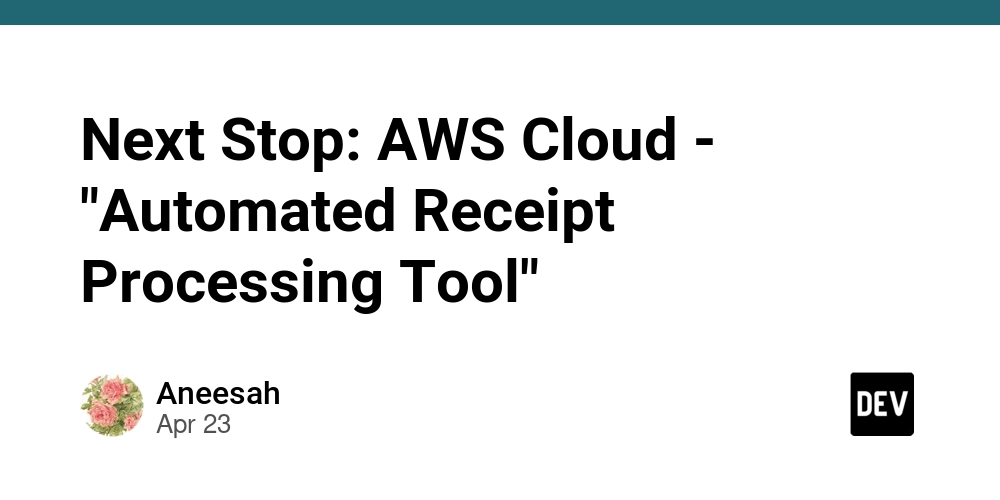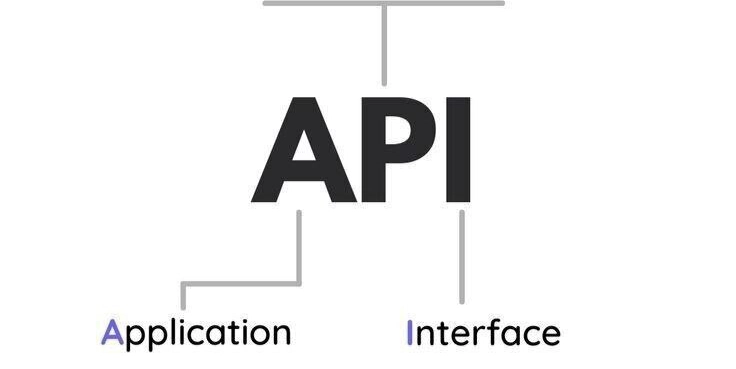
3 Proven Ways to Manage Side Effects in Web Development (and Why You Should)
Side effects can turn your otherwise sleek and efficient web development code into a tangled mess that's difficult to test and maintain. But fear not! There are effective strategies to reign in these unruly elements. This article will explore 3 approaches, weighing their pros and cons to help you choose the best path for your project. Let's dive in.
1. Ditch Side Effects Altogether: Embrace Pure Functional Languages (Elm & Roc)
Looking for a radical approach? Some languages, like Elm for UI development and Roc for APIs and CLIs, are designed without side effects. This means your code is inherently more predictable and testable.
- Benefit: Ultra-pure code simplifies testing to focus solely on decision-making logic. No more mocking!
- Benefit: Enjoy a faster development experience.
- Trade-offs: Steeper learning curve, smaller community support, and potential challenges with race conditions. Despite the typed concurrency controls, this may be a problem.
This option shines in scenarios where predictability and maintainability are paramount and you're willing to invest in learning a new ecosystem.
2. Abstract Side Effects with Effect-TS: Typed Control for Existing Systems
Effect-TS is a powerful tool that empowers you to abstract I/O (input/output) operations, allowing you to manage side effects in a controlled and type-safe manner.
- Benefit: Seamless integration with existing API and UI build systems/frameworks.
- Benefit: Typed testing facilities guarantee that your code behaves as expected, improving the integrity of your apps.
- Trade-offs: Requires a learning curve to master Effect-TS concepts, smaller community compared to mainstream TypeScript, potential race condition issues.
Effect-TS is the sweet spot for teams seeking a balance between functional principles and leveraging their existing TypeScript infrastructure.
3. Functional Core, Imperative Shell in TypeScript: Manual Separation of Concerns
This strategy involves manually separating pure functions from code that produces side effects within your TypeScript codebase.
- Benefit: Leverages the familiarity and vast resources of the TypeScript ecosystem.
- Benefit: Easier learning curve for those already proficient in TypeScript.
- Trade-offs: Requires discipline and a deep understanding of functional programming as TypeScript lacks built-in features for identifying pure functions or managing side effects. You'll also need to establish your own organizational conventions.
This approach is best suited for experienced developers with strong FP knowledge who are comfortable manually enforcing purity within their existing TypeScript projects.
The "Great FP Wall": Why Choose Pure Code?
Many web developers encounter a "Functional Programming Wall," hesitating to fully embrace its principles. But why bother with pure code in the first place?
- Improved Debugging: Eliminating side effects makes it easier to trace the flow of data and identify the source of bugs.
- Enhanced Testability: Pure functions are simple to test as their output depends solely on their input.
- Increased Maintainability: Code becomes more modular and easier to reason about, leading to fewer headaches down the line.
Whether it's debugging APIs riddled with exceptions or squashing random null pointer errors in the UI, the benefits of pure code drastically improve both the developer experience and the end-user experience.























